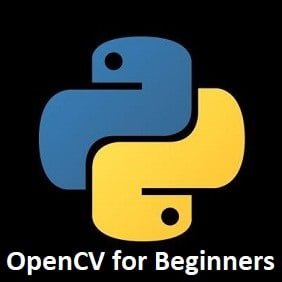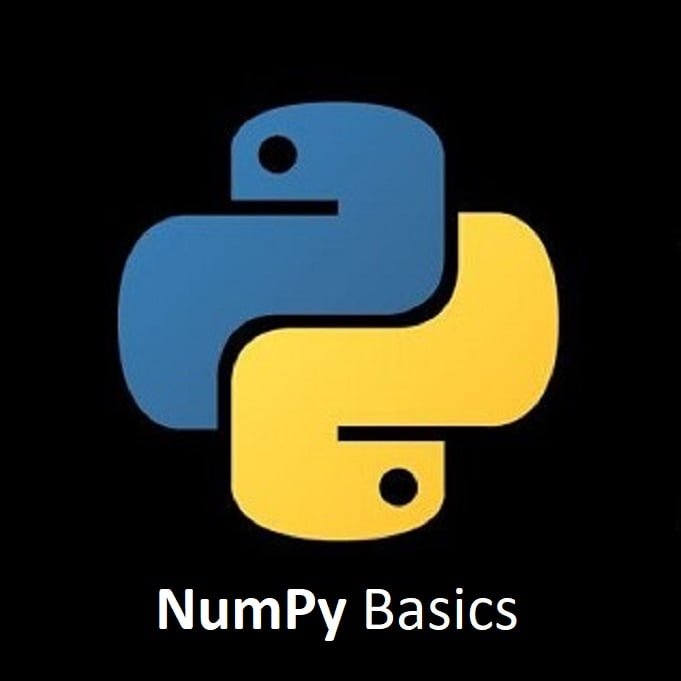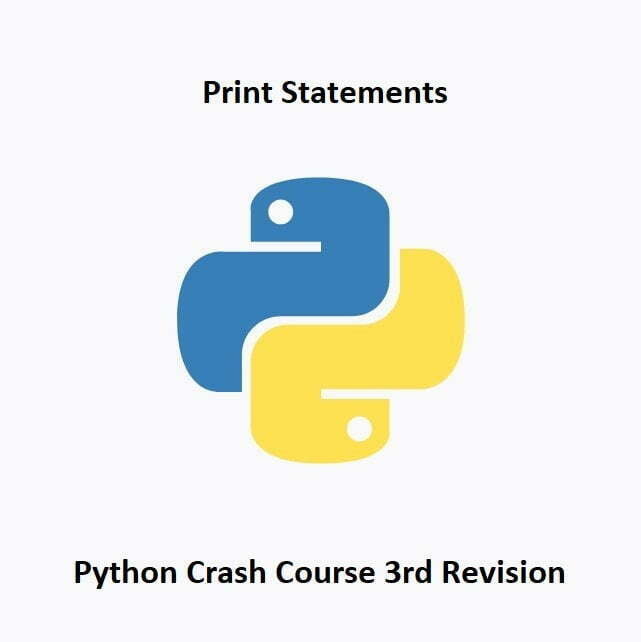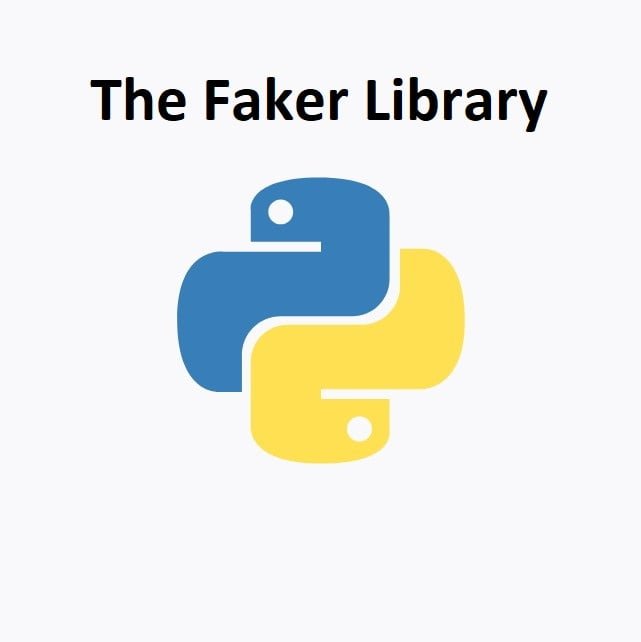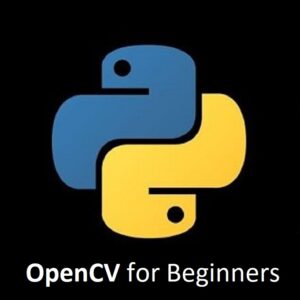
Unlocking the World of Computer Vision with OpenCV
Welcome to the fascinating realm of computer vision, where pixels transform into insights, and images unveil a world of possibilities. In this series of guides, we embark on a journey into the heart of computer vision using one of its most powerful tools, OpenCV.
About OpenCV:
Origin and Creator:
OpenCV, short for Open-Source Computer Vision Library, was born out of the vision of Gary Bradski and Adrian Kaehler in the Intel Research Lab back in 1999. Since then, it has evolved into a dynamic open-source project with contributions from a vibrant community of developers worldwide.
Creation Date:
The initial version of OpenCV was released to the public in 2000, marking the beginning of a revolutionary era in computer vision.
Purpose and Utility:
OpenCV is a library of programming functions mainly aimed at real-time computer vision. Its core is written in C and C++, but it also provides bindings for Python, Java, and more. This versatile library is designed to tackle a broad spectrum of computer vision tasks, ranging from simple image processing to complex machine learning applications.
Applications:
Image and Video Processing: OpenCV is your gateway to manipulating images and videos with ease. From basic operations like resizing and cropping to advanced tasks such as object recognition and tracking, OpenCV empowers you to transform visual data effortlessly.
Robotics: In the field of robotics, OpenCV plays a pivotal role in enabling machines to perceive and interpret the visual world. Whether it’s guiding a robot through a maze or identifying objects in its environment, OpenCV provides the eyes for intelligent machines.
AI Integration: As artificial intelligence continues to shape the future, OpenCV becomes an indispensable tool. Its integration with machine learning frameworks allows developers to build and deploy AI models for tasks like facial recognition, object detection, and more.
Projects and Possibilities:
Explore captivating projects powered by OpenCV, from creating a smart surveillance system to building a gesture-controlled interface. The possibilities are limited only by your imagination, and OpenCV is here to turn your vision into reality.
Nvidia Jetson
All of these guides will be performed on the Nvidia Jetson Nano development board. This is a GPU-accelerated board that is designed for machine learning. If you don’t already own the Jetson Nano or Xavier NX board, you can find out more here Jetson Nvidia
Join Us
Join us on this exploration of OpenCV, where we unravel the mysteries of computer vision and learn how to harness its potential for innovative applications. Let’s dive into the Python code, demystify algorithms, and discover the magic of seeing the world through the lens of code.
Stay tuned for the upcoming guides that will empower you to master OpenCV with Python and unleash the full potential of computer vision!
You can find all of our OpenCV guides here: OpenCV for Beginners

